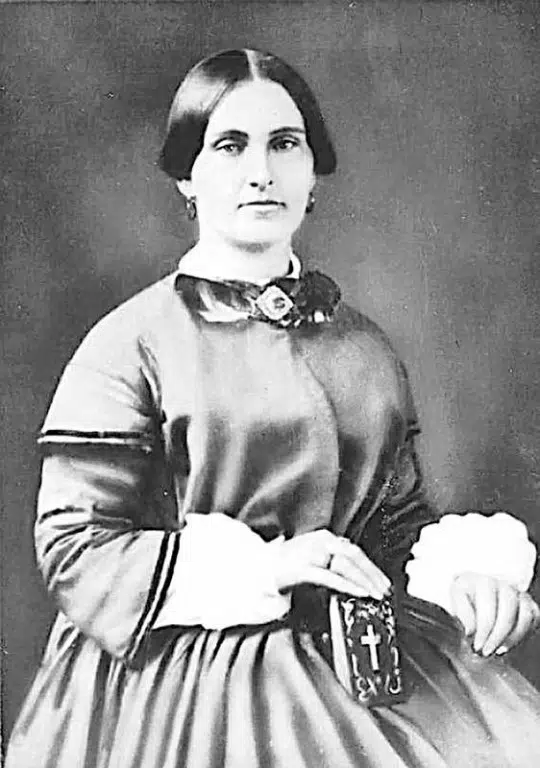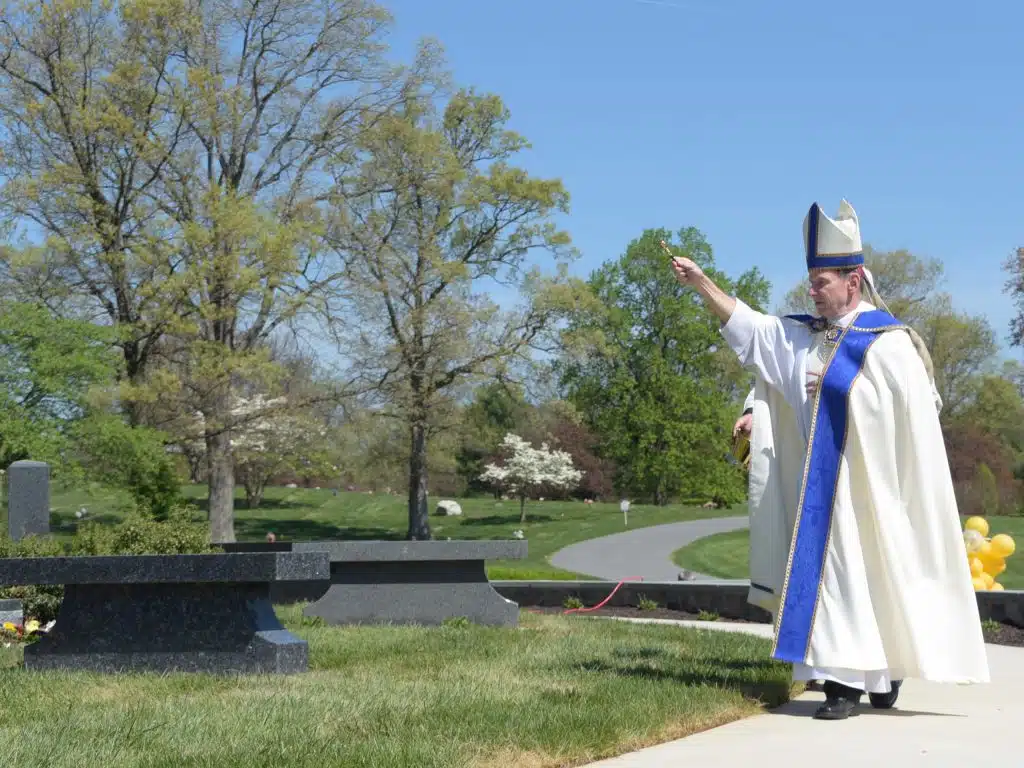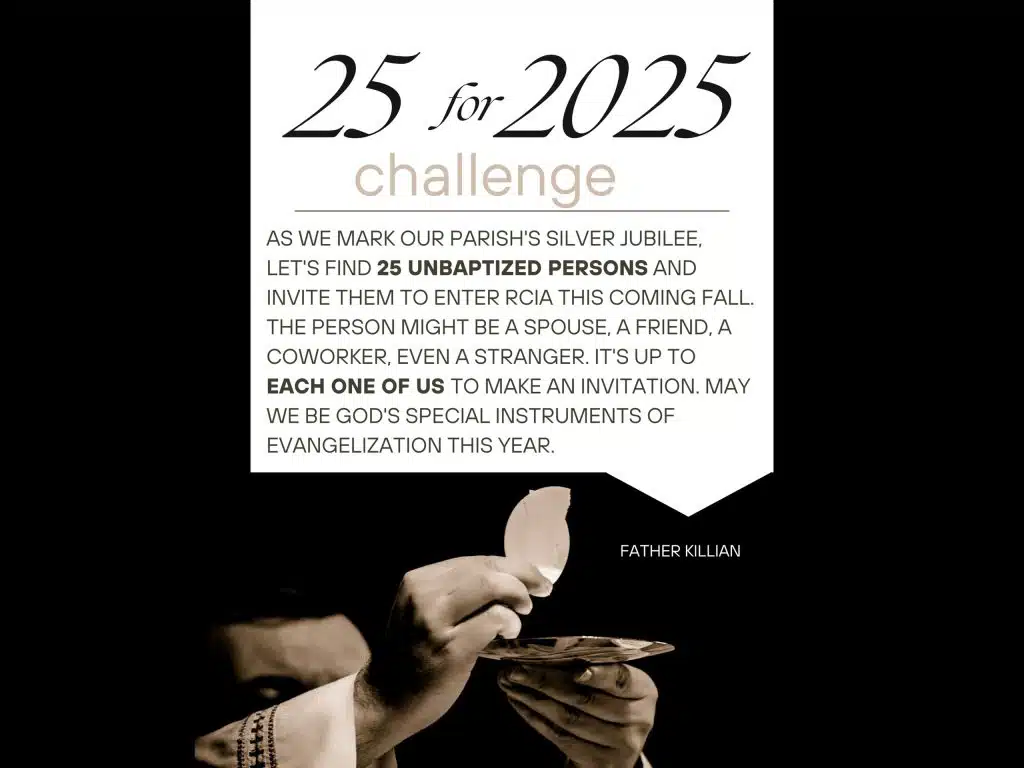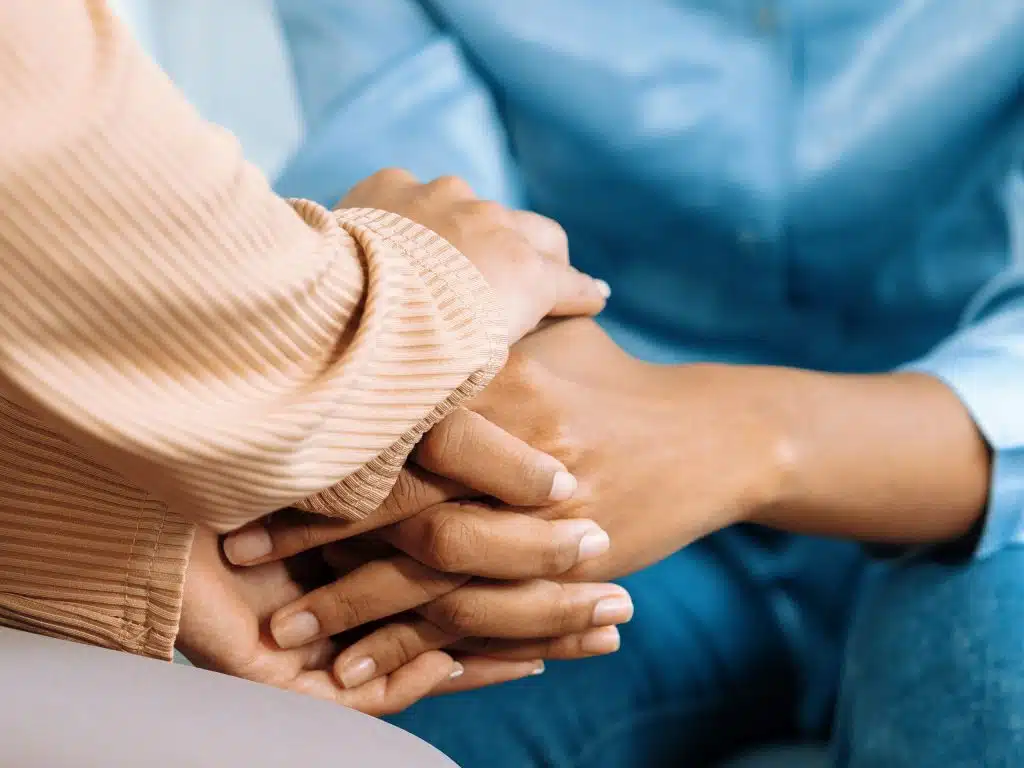CLINTON, Md. – Although Mary Surratt was tried, convicted and
executed for her participation in the plot to assassinate
President Abraham Lincoln, some historians still question
just how involved in the scheme the Catholic widow really
was.
Was Surratt guilty of conspiring with John Wilkes Booth to
assassinate Lincoln? Did she know that the original
kidnapping plot changed to a more deadly plan of action?
Those questions remain some 146 years after President
Lincoln’s death April 14, 1865, and 150 years after the start
of the Civil War April 12, 1861.
“We have no official opinion” of her guilt or innocence, said
Julia Cowdery, a docent at the Surratt House Museum in
Clinton, a Washington suburb. “We just present the story and
the evidence and let visitors make up their own minds.” She
added that some people who visit the house are convinced of
Surratt’s guilt while others are equally adamant in their
belief of her innocence.
“The Conspirator,” a film directed by Robert Redford that
examines Surratt’s role in the Lincoln drama, opened in
theaters April 15 and has fueled even greater public interest
in the extent of her involvement in the Lincoln
assassination.
Born Mary Jenkins, Surratt was raised an Episcopalian but
attended a Catholic girls school operated by the Sisters of
Charity in Alexandria, Va., and became a Catholic at age 12.
She married John Surratt in 1840 at St. Patrick’s Church in
Washington.
“While some historians may view her conversion as youthful
rebellion, Mary’s commitment to the Catholic Church lasted
her lifetime, tested repeatedly by antebellum society’s
intolerance for Catholics,” wrote Kate Clifford Larson, an
historian and author of “The Assassin’s Accomplice: Mary
Surratt and the Plot to Kill Abraham Lincoln.”
Cowdery also said her Catholic faith played an important part
in Surratt’s life.
“She rode by horseback to collect money to build St. Ignatius
Church in Oxon Hill, and she converted her mother, several
relatives and several friends” to the Catholic faith, the
docent said in an interview with the Catholic Standard, the
newspaper of the Washington Archdiocese.
Surratt’s bedroom in the museum house attests to her Catholic
faith. A crucifix hangs over the bed, and a lithograph of
Pope Pius IX graces another wall.
The Surratts owned two pieces of property that figured
prominently in the Lincoln assassination story.
The Surratt home in Clinton served not only as the family
residence, but as a tavern, inn, polling place and post
office. Today, the home is located within the parish
boundaries of St. John the Evangelist Parish. But since that
parish was not established until 1875, Cowdery said Surratt
most likely attended Mass at St. Mary Church, also in
Clinton.
It was at that tavern that Booth stopped in the early morning
of April 15, 1865, just hours after shooting Lincoln. He and
his accomplice, David Herold (a graduate of Gonzaga College
High School), sought to retrieve field glasses and carbine
rifles stashed there.
“This is the first and only place that Booth openly boasts
that he killed Lincoln,” Cowdery said. From the Surratt
tavern, Booth and Herold traveled to the Waldorf home of Dr.
Samuel Mudd, who was also Catholic.
After her husband died, Surratt rented the tavern to a former
policeman named John Lloyd. She moved to the city, and
operated a boarding house in downtown Washington. The
building still stands, located in what is now Chinatown. The
boarding house is now a Chinese restaurant.
Boarders or regular visitors to Surratt’s establishment
included Booth, Herold, John Surratt Jr., George Atzerodt and
Lewis Powell. All were implicated in the assassination.
“Mary Surratt may or may not have been a major player in the
assassination plot and the earlier kidnapping plot, but she’s
a Confederate sympathizer,” Cowdery said. “She had to know
some of what was going on. She had a formal education. She
learned Latin, French, geometry. This was not just some silly
Victorian woman. She was a smart lady.”
A military tribunal found Surratt, Powell, Atzerodt and
Herold guilty and sentenced them to death. Surratt protested
her innocence until her last breath on the gallows. “I am a
Southerner, a Catholic, a devoted mother, but no assassin,”
she is reported to have said. She was hanged July 7, 1865,
along with her co-conspirators, marking the first time the
U.S. government had executed a woman.
The Surratt House Museum displays the Catholic prayer book
Surratt had with her in prison. The rosary she kept with her
in prison has since disappeared, said Laurie Verge, museum
director.
“Her rosary was allegedly given to Gonzaga College High
School although we’re not exactly sure what happened to it,”
Verge said. She added that “the best we can determine is that
it (the rosary) ended up in the hands of a priest (at
Gonzaga) who in the last days of his life went back to his
native Italy to be cared for. We have a suspicion that a nice
little Italian grandmother somewhere has that rosary.”
Father Jacob Walter, who at the time served as pastor of St.
Patrick Church, visited Surratt in prison as she awaited
execution. As recounted by author Morris H. MacGregor in his
book, “A Parish for the Federal City: St. Patrick’s in
Washington, 1794-1994,” the priest was certain of her
innocence.
MacGregor recounts that Father Walter “was unable to accept
the proposition that a ‘Catholic woman would go to Communion
on Holy Thursday and be guilty of murder on Good Friday,'”
the day Lincoln was assassinated.
Cowdery is not sure what she believes. “There is still a
mystery for me – what did she or didn’t she know – and I work
with this every day,” she said.
Verge wonders “did the lady deserve to die? That is one of
history’s mysteries.” She said she hopes people are intrigued
enough by the mystery so that “they get interested in their
own American history.” The new movie and a visit to the
Surratt House Museum, she said, “should, I hope, pique
people’s interest enough for them to go out and read more.”
Find out more
More information about the Surratt House Museum and links to
other resources can be found on the museum’s website,
www.surratt.org.



